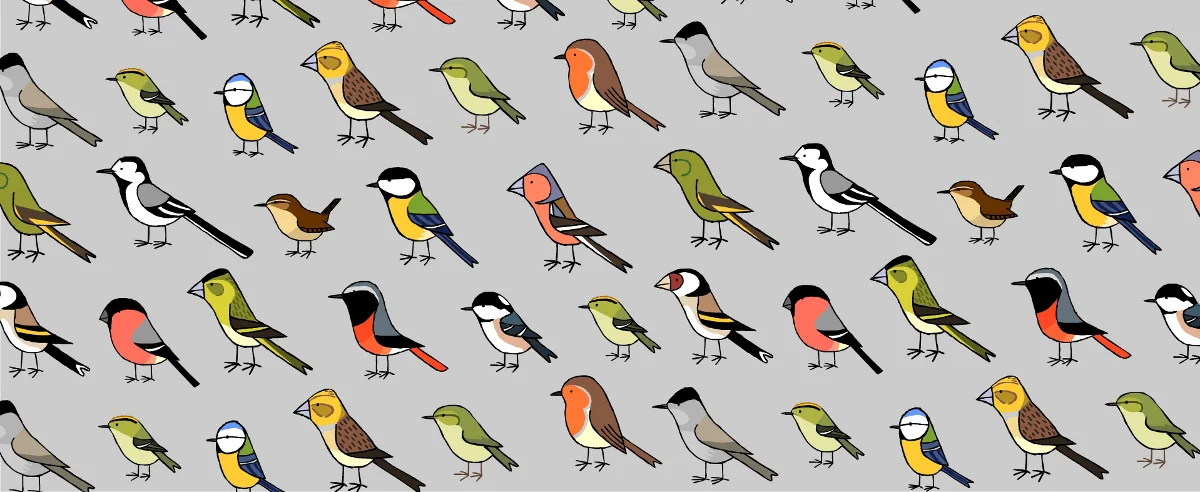Fall Migration is getting underway and while your seed birdfeeders will typically slow down now through October, birdwatching in the area will become significantly more interesting. Have your binoculars with you and ready because Warblers, Tanagers, Orioles, Grosbeaks, and Flycatchers are pouring through middle Tennessee stopping to feed in the mornings on insects and berries.
Mornings are the best time to see lots of different species because many of the migrants are traveling at night. They settle down to rest and feed in the morning. And mornings after a storm tend to be even better. Make time to visit one of the many great local birdwatching areas this fall to see some birds you may not have seen before. The usual local hot spots include:
Habitat, of course, is the main attractant for these traveling birds so to attract these typically “non” feeder birds to your yard key elements like native plants and trees which produce appealing berries must be available. Native plants also attract native insects which are an especially important food source for these long distance travelers. Water is another key element to attracting more variety of birds and relatively easy to offer. Reliable, clean, water sources are a sure way to “catch” a new bird in your yard. Eli caught this threesome of nonbreeding male Scarlet Tanagers enjoying a fountain in his yard.
While water in a traditional birdbath is attractive, moving water is irresistible. Dripping, rippling, gurgling, and splashing means cooler, fresher water is present. The birds will definitely notice. Adding the element of moving water will make your birdbath even more appealing. There are many ways to add moving water to your existing birdbath, such as drippers, water wigglers, misters, and small solar fountains that circulate water. These items are in stock at the store.
Keep in mind some basics of offering water in your yard for best results.
Remember to refresh your birdbath every couple of days.
Place your birdbath near trees or shrubs if possible. In summer, shade is always a better option than sun. A birdbath in full sun and in an open space usually equals very warm water and little or no bird activity, and more maintenance due to algae growth. A shady location slows evaporation and keeps the water cooler and fresher longer. With available cover nearby birds can escape to cover if interrupted by a potential threat.
If you are interested in offering birds a source of water, but don’t want to refill it daily due to evaporation, we have a solution for you! The Switch ‘n Swap 48oz Water Feeder essentially acts in the same way as a hummingbird feeder, however with a base designed simply for water. They are extremely easy to clean, self filling, and with the 48oz reservoir, they will last days in between refills. They are also a great option if you travel often for short periods but want to provide your birds a clean source of water. Not to mention, they are also generally easy to keep mosquito larvae out of. Simply dump it and let it refill itself! Price is $14 before tax.


















